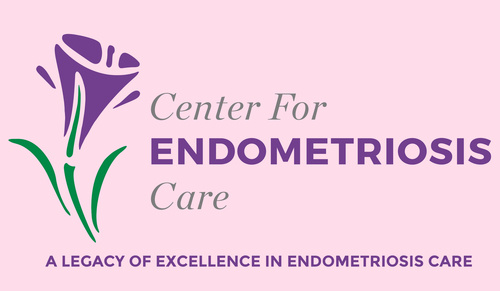Guest feature © By Molly Clarke. All Rights Reserved by Author. No external funding was utilized in the creation of this material. The Center for Endometriosis Care neither endorses nor has affiliation with any resources cited herein. The following material is for informational purposes only and does not constitute medical advice.
Although endometriosis is not commonly thought of as a disability, endometriosis symptoms can severely impact a person’s life.
If you can no longer work or earn a living because of your endometriosis, you may be eligible to receive Social Security Disability benefits. These benefits can offset lost income and can help cover the expenses associated with day-to-day living.
Unfortunately, these benefits have very strict eligibility requirements and can be very difficult to qualify for. For this reason we have provided you with an overview of Social Security Disability benefits and will prepare you to begin the application process.
Defining Disability
Before delving into specifics, it is important to cover how the Social Security Administration (SSA) defines the term “disability”. According to the SSA, a person is disabled if he or she meets the following criteria:
The person has a physical or mental condition that prevents them from engaging in Substantial Gainful Activity (SGA). In 2014, SGA is defined as earning $1,070 or more in one month; and
The person’s condition has lasted, or is expected to last, at least one year.
As you have probably noticed, this definition excludes any minor or short-term impairments. Therefore, if you have endometriosis but can still work and earn a living, you will not be eligible for disability benefits.
Social Security Disability Benefit Programs
If you meet the SSA’s standards of disability, you may be eligible for one of two programs. These are the Social Security Disability Insurance (SSDI) program and the Supplemental Security Income (SSI) program.
SSDI benefits are intended to provide financial assistance to disabled workers and their eligible family members. To qualify, applicants must have worked for a significant period time and are required to have paid Social Security taxes throughout their careers. This program best suits those who have extensive employment history.
SSI benefits are intended to provide financial assistance to disabled individuals of all ages who earn very limited income. Eligibility for SSI benefits is based on an applicant’s financial need. To qualify, you must fall within the financial limits set by the SSA. Although this program caters to all age groups, it is a particularly good fit for children, teens, or young adults who do not have the work experience to qualify for SSDI.
For more information about these two programs, visit the following page:
http://www.disability-benefits-help.org/disability-tips/difference-between-social-security-disability-insurance-ssdi-and-ssi
Medical Eligibility
To determine an applicant’s medical eligibility the SSA defers to a publication known as the Blue Book. The Blue Book is a guide of disabling conditions and symptoms that qualify a person for disability benefits.
Unfortunately, the Blue Book does not cover endometriosis.
However, a person with endometriosis may still be able to qualify under something known as a medical vocational allowance. Essentially, this means that the SSA and Disability Determination Services (DDS) will assess your age, your functional limitations, and any past employment to determine if you are capable of working. This is done using something called the Residual Functional Capacity (RFC) assessment. The RFC is form that should be completed by you and your doctor.
If it is determined that you can work, the SSA will deny your application and offer you alternate work suggestions. If it is determined that you cannot work, the SSA will likely approve your application for disability benefits.
Preparing for the Application
All applications for disability benefits should be supplemented with supporting medical evidence. Because endometriosis does not meet a Blue Book listing, this is particularly important. You should collect copies of all relevant medical records. This may include documentation of your diagnosis, treatments, laboratory results, surgical history, and a written statement from a treating physician explaining how your condition affects your day-to-day abilities. You may also want to ask a former employer to provide you with a statement explaining your decline in work performance.
In addition to medical evidence, you will also be required to provide certain financial records and work related documents. The SSA’s Adult Disability Checklist will provide you with a complete list of all the documents you will need to apply for disability benefits.
Submitting the Application & Receiving a Decision
Once you are ready to begin the application process you can do so online or in-person at a local Social Security office. The actual application is made up of several different forms. It is important that the information you provide is a clear and thorough description of your condition and your limitations.
It typically takes several months to receive a decision on your initial disability application. Unfortunately, more half of all initial applications are denied. If you receive a denial, do not panic or lose hope. You have the right to appeal this decision within 60 days. Many more applicants are approved during the appeals process than after the initial application submission.
Molly Clarke is a writer for the Social Security Disability Help Blog where she works to promote disability awareness and to assist individuals throughout the Social Security Disability application process. For more information about Social Security Disability Benefits, visit the Social Security Disability Help Blog or contact Molly Clarke at mac@ssd-help.org.

